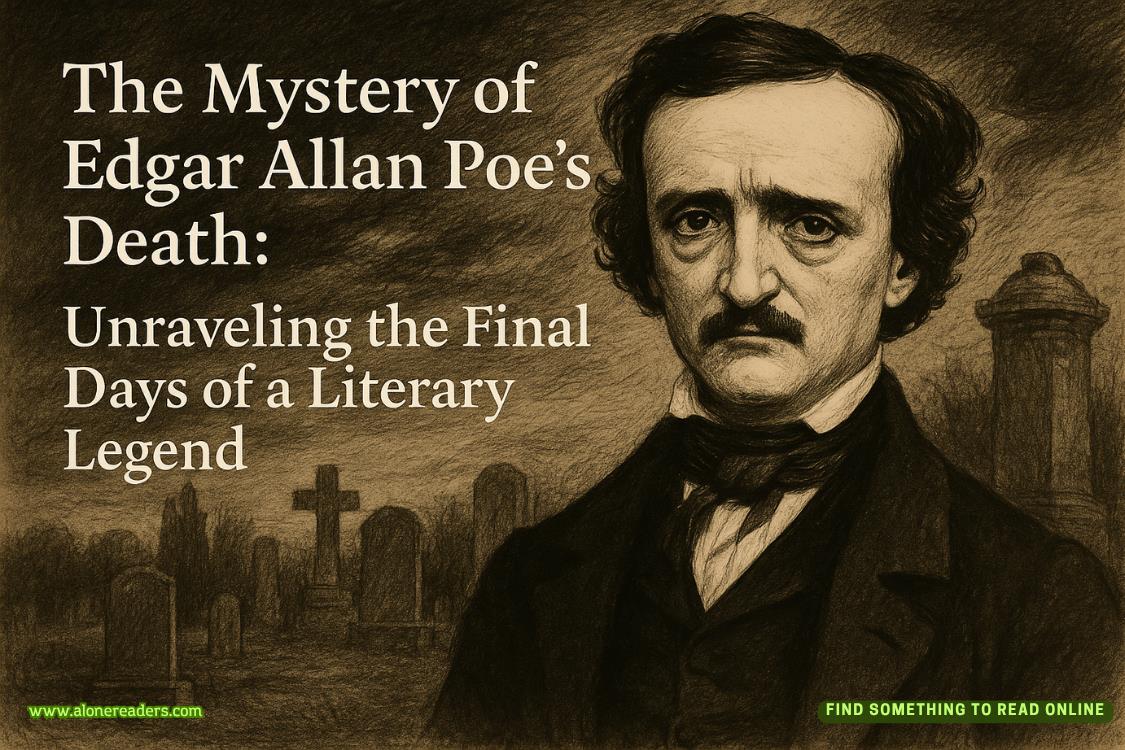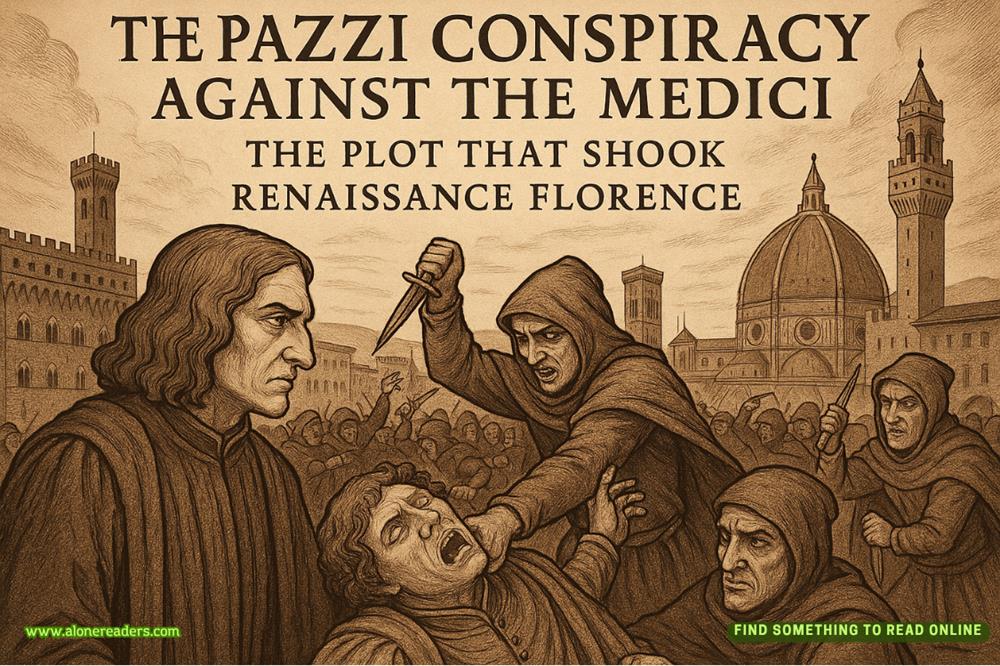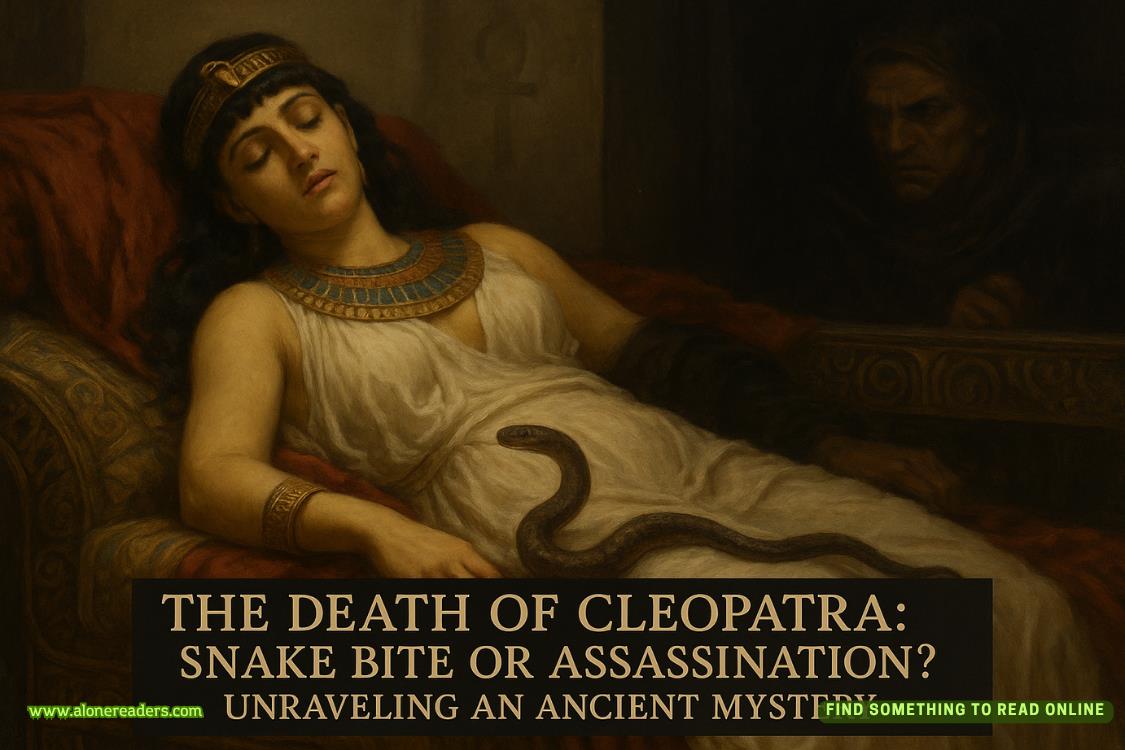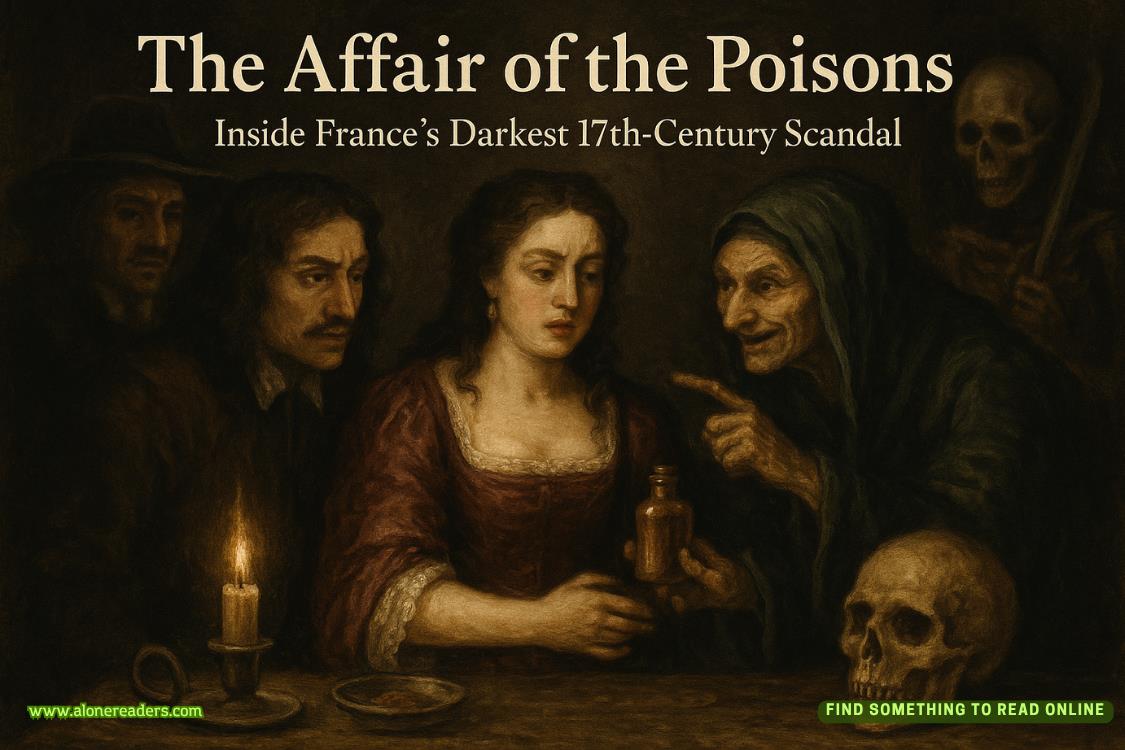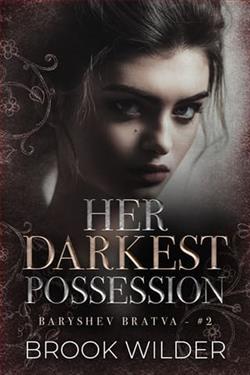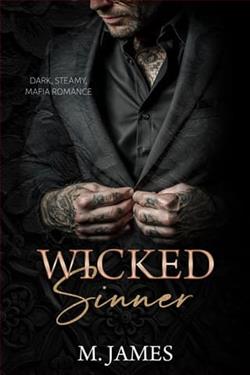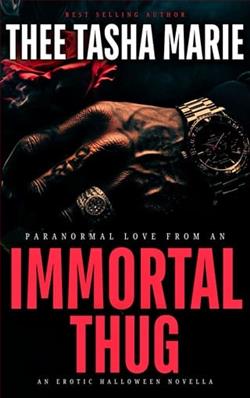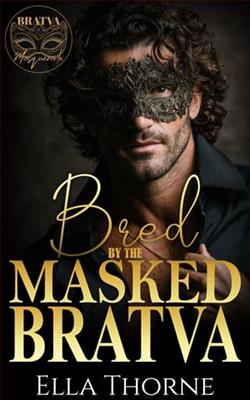Page 24 of The Writer
Kim is wearing a mask and a green surgical cap to tame her long brown hair. Declan would like to believe she’s smiling beneath that mask, but the subtle lines around her eyes suggest she’s anything but happy.
Martinez says, “I wanted her here to help explain all this.”
On the table between them is David Morrow. His body has been washed. The large Y incision in his chest has been stitched closed, and the stab wounds are clearly visible—ugly pink lines on pale flesh. Declan counted six at the scene but missed two others. Eight in total.
“This was a brutal attack,” Martinez tells him. “The strikes occurred in quick succession, almost like someone was in a blind fury. Typically I find at least one shallow wound, since most people tend to hesitate with the first one or they realize that far more force is necessary than they’d expected, but I don’t see any of that here. Best I can tell, your killer buried the blade to the hilt with each thrust and did it so quickly, your victim had no time to react. Overall, maybe four seconds elapsed, if that. Both lungs are punctured, but I believe this isthe wound that actually killed him.” He points to one slightly to the left of center on Morrow’s chest. “Your killer either got lucky or knew where to put the knife because he came in at an angle right here between the third and fourth rib. Perfect positioning. He hit the heart and followed that up with this one, directly into his aorta. Morrow was dead before his knees buckled. Certainly before he hit the ground. All of these wounds were inflicted by a right-handed assailant.”
From a wheeled aluminum table, Martinez retrieves an evidence bag and sets it to the side of David Morrow’s chest. Declan recognizes the knife in it from the crime scene. The blood has dried to a crusty black tinged with a dark rust. Martinez pokes the bag with his index finger, turns it slightly. “This is a common chef’s knife. Eight inches long, two inches wide at the hilt, tapered to a point with a smooth cutting edge.” He pauses for a moment. What he says next makes no sense: “It’s not the knife that killed this man.”
Declan feels his stomach tighten. “You’re kidding, right?”
Cordova mutters, “I wish he were.”
The blood rushes to Declan’s face. “How is that possible? Look at it—we found it right next to the body!”
Martinez taps the evidence bag again. “It’s too long and too wide to be your murder weapon.” He points at Morrow’s chest. “The knife that did this is one inch wide—half the width of this one—no more than five inches long, and has a serrated edge. Nothing like this blade.”
Declan tries to wrap his head around this and can’t. “But the blood on the knife came back as a match for David Morrow?”
Martinez, Cordova, and Kim are all quiet.
“What? Don’t tell me…”
“The bloodtypewas the same as Morrow’s, A positive,” Kim Diaz says. She shuffles her feet nervously. “But the DNA came back this morning and it’s conclusive—the blood on that knife didn’t come from David Morrow.”
“How is that possible?”
Kim clearly has no idea. “It gets worse. The blood on Denise Morrow’s clothing is a match to the blood on the knife, but it didn’t come from her husband either. We didn’t find a drop of her husband’s blood anywhere on her. Her prints aren’t on anything useful—not on the knife, not on the body.”
This isn’t happening. No way.“This has to be some kind of lab screwup,” Declan fires back. “Someone got the samples wrong. Contaminated them. Mixed them up. Something. How can that not be his blood? Hell, she was right on top of him! The knife was right there!”
“The lab ran everything twice,” Kim says. “I stood right there the second time and watched every step. There’s no mix-up. It’s not David’s blood.”
“So whose blood is it?”
“Unknown.”
“Is it Denise Morrow’s?”
Kim shakes her head. “We ruled her out with an exclusion sample.”
Declan does a slow lap around the room, returns to the autopsy table, and looks down at David Morrow. “Run it all again,” he says softly. “All of it.”
“It won’t matter,” Martinez tells him.
“Run it all again,” Declan repeats, trying to hold back the anger brewing in his gut. “Nothing personal, Martinez, but Iwant someone else to weigh in on the knife too. You’ve got to be wrong.”
“I’m not,” he replies. “Neither is Kim.” He peels off his latex gloves, drops them in a biohazard bag. “That knife, the blood—none of it belongs to your crime scene.”
CHAPTER SEVENTEEN
“ORDER! ORDER!” JUDGE Berman bangs his gavel against the block on his desk for the third time. There’s enough force behind it, ADA Carmen Saffi wouldn’t be surprised if it snapped in half. He is out of patience. She’s never seen him so angry. “Bailiff, I want the reporters out! Now! I gave them a chance to sit quietly, and they blew it. They can listen through the door like everyone else.”
The time to avoid a media circus is long gone. By Sunday morning, the New York papers had the story; the local television networks ran with it that night. By Monday, while they were in Denise Morrow’s initial arraignment, the story went national, with coverage on all the morning shows. The 24/7 news channels pounced that afternoon. In the following days,a million Nancy Grace wannabes flooded the internet putting in their two cents. Then late yesterday, someone at the county morgue leaked their findings, adding gasoline to an already roaring fire. Saffi wants to string up Declan and Cordova, but the truth is she’s just as responsible for this mess as they are. Hell, she still thinks Morrow did it. The woman has yet to show a single sign of remorse. The smug, indifferent expression on her face now as she sits quietly at the defense table does nothing to make her look innocent.
Saffi spent the past three days reading Denise Morrow’s books, every last one of them, and came to a single conclusion—Denise Morrow is playing them. The woman has made a career writing true crime. She’s studied not only some of the world’s most infamous killers but those who were wrongly accused. More important, she dissected the police work on all those cases. In her books, she showed an uncanny ability to get in the head of everyone involved—not only the accused, but the victims and the investigators. She knew their methods. Their weaknesses. Their strengths. She took some of the most complex scenarios and broke them down into the simplest terms so they could be understood by the layman. She’s smart, educated. The fact that they found her the way they did should have been a red flag. She has the know-how to conceal a crime, but instead, she sat herself down in the middle of the mess and waited for them to point their collective finger at her. Hell, she let them take pictures! She made herself look guilty, knowing none of the evidence would stick. Knowing they’d look like idiots. Knowing—
“Counselor? You still with us?”
